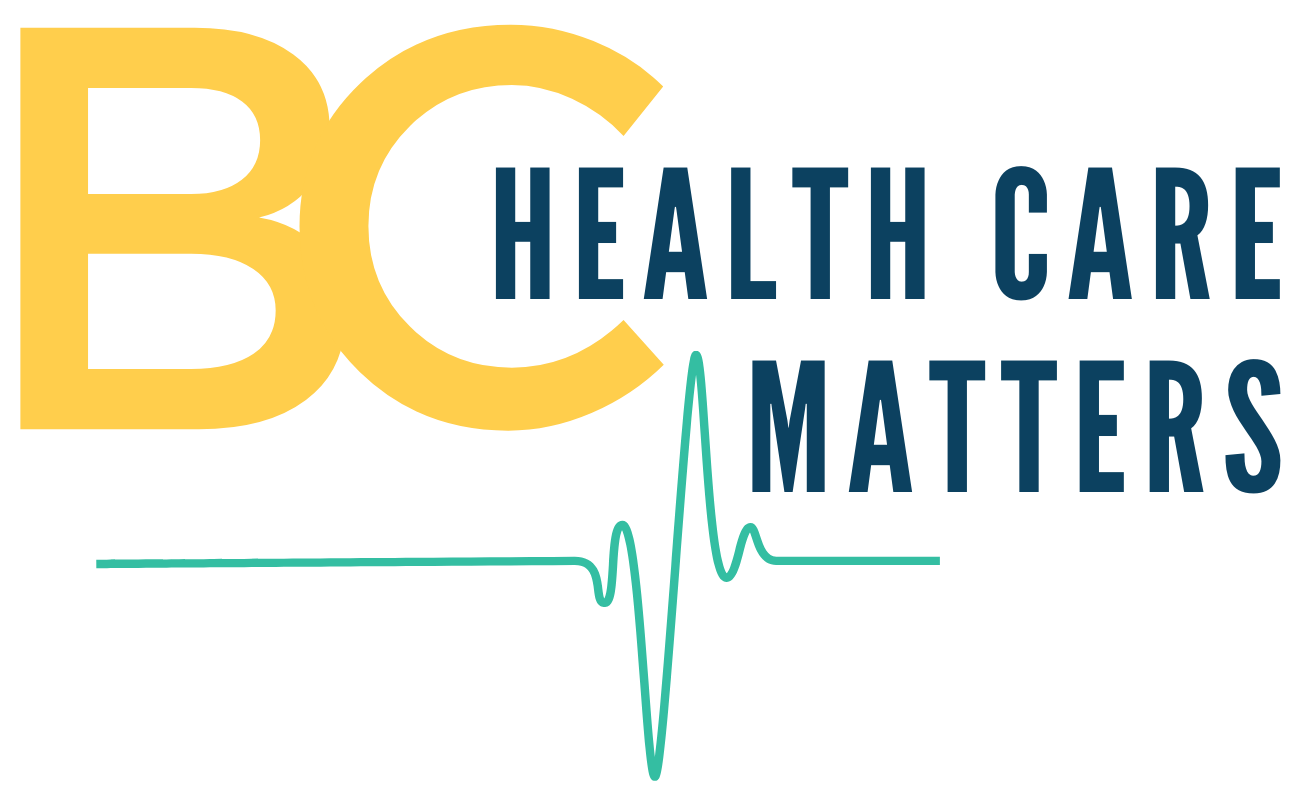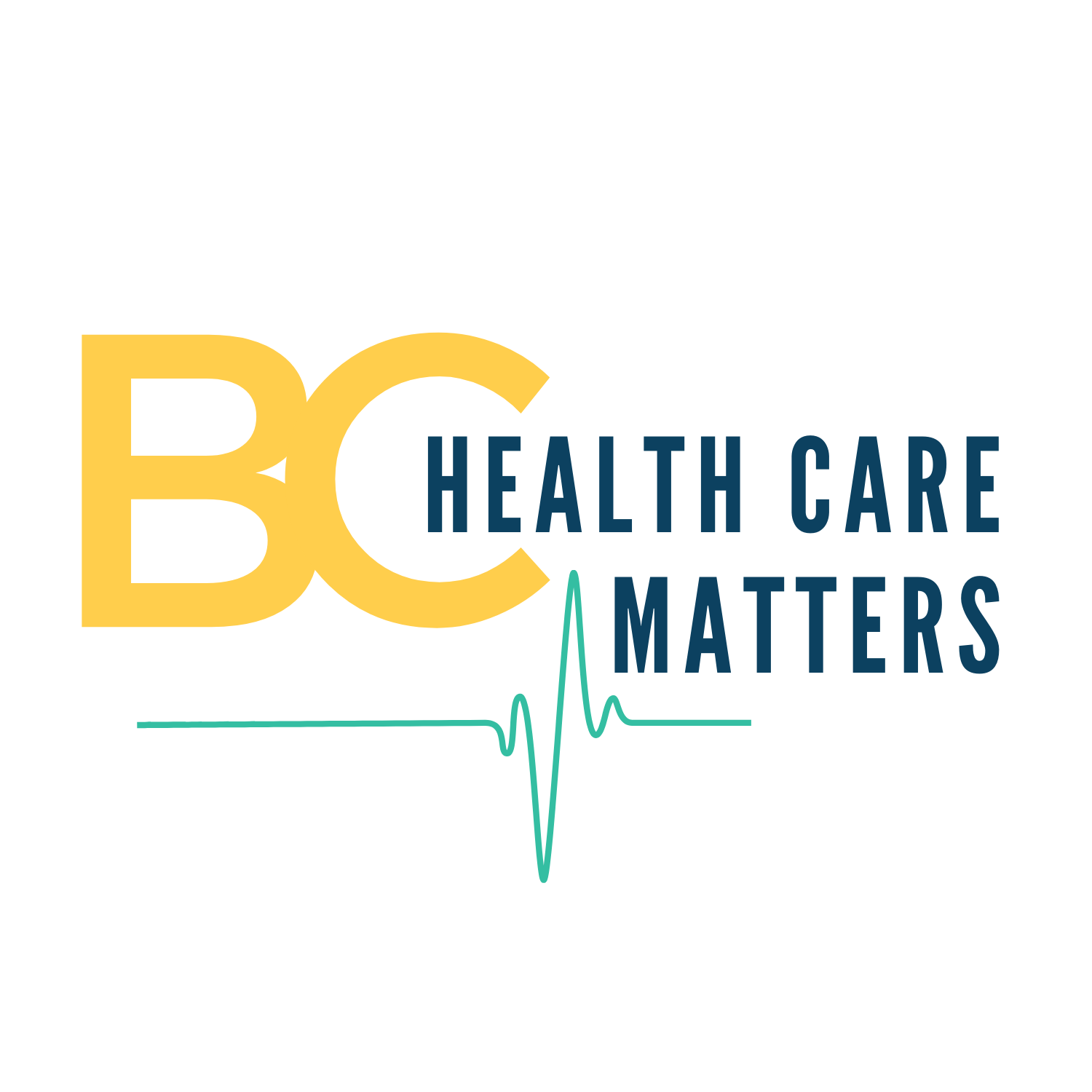Tragic loss of life due to insufficient access to care.
PHYSICIAN OPINION to Story below
This tragic case reveals many facets of our failed health care system.
1. Without a family doctor, there is not only no care but no doctors to witness the ongoing obvious decline in this young woman's condition. In other words no-one to recognize that a serious medical condition might be present.
2. The early morning filling of available slots in walk-in and urgent primary care facilities (UPCC) are highly conspicuous examples of complete failure of some current health policies/projects. As recently as this week, our Health Minister boasted of the 35 or so UPCCs in BC but failed to mention that they simply don't work because they don't have the necessary staff.
3. As a physician who has assessed thousands of patients in ER, I can say with confidence that weakness and weight loss in a previously well patient should stir some alarm bells that something serious might be afoot. And knowing that a patient has no possibility of continuing care in the community might make the ER doctor a little bit more cautious in his assessment that there is nothing serious going on.
But there are cogent reasons why ER assessments can be inaccurate. When you are the MD in an overcrowded ER, because you are under immense pressure on account of always having dozens of patients to see, your time spent with each patient is shortened and your focused diagnostic skills can be diluted. You are under immense pressure to send patients home because there are no hospital beds available to admit patients for observation and you need to ensure ER beds remain available.
I am aware of another case where a known immune-suppressed patient was about to be sent home from an ER with an infection. It was only because of the insistence of his spouse that he remained in hospital. 2 hours later, he had to be admitted to intensive care! Without her advocacy he would undoubtedly have died.
Our politicians have allowed the disintegration of health care provision over many years. Undoubtedly there are many such preventable deaths that do not get media attention.
Adrian Fine MD, FRCP
_________________________________
READ STORY - ‘Completely preventable’: Lack of family doctor blamed in death of 23-year-old Nanaimo woman
“Friends and family are bringing the death of a 23-year-old woman in Nanaimo to light with hopes of improving what they call a broken healthcare system.
Her name was Sophia and she worked at a homeless shelter and it’s believed that work may have been one of the factors that led to her death….
But health complications, those around her now believe may have resulted from her work at the shelter, led her to take a medical leave last summer. With no family doctor, she struggled to get the healthcare she needed.
“We have one walk-in clinic and if you’re not feeling well and you’re feeling weak, you’ve got to get up at five in the morning, go line up at six in the morning in order to get there on time when other people are lined up to make sure that you can see a doctor that day,” said Manly.
With her health deteriorating over time, she headed to the ER at Nanaimo’s hospital Thanksgiving weekend where her mother says she was misdiagnosed and sent home.
A month later, her condition was not improving and her mom called BC Ambulance to take her to the hospital again. On Nov. 24, she finally received an accurate diagnosis, an immunodeficiency with an infection. Her condition by now so severe she was transferred to a Vancouver hospital where she died three days later.
“This is an example of somebody who, 23 years old, would, you know, just with some simple care would be here today, but she’s not. It was completely preventable,” said Manly.
Manly says the health-care system failed the Nanaimo woman and Sophia’s death serves as a tragic reminder of how desperately we need to fix the doctor shortage in this province.
Sophia’s mother has laid a formal complaint with Island Health.
Island Health released a statement confirming that Sophia had multiple patient visits for her health issues both in hospital and community. It says their patient care quality office has connected with Sophia’s family and will be reviewing her care history to ensure all of the family’s questions are answered.”


